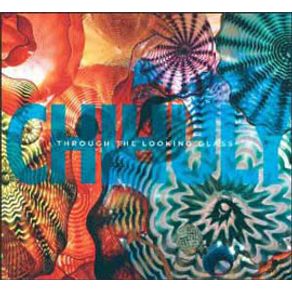Arguably the most famous glass artist since Louis Comfort Tiffany, Dale Chihuly has been credited with elevating blown glass from delicate decorative object to groundbreaking fine art. Chihuly's "Blanket Cylinders," "Seaforms," "Persians" and chandeliers are exhibited and collected throughout the world, and many volumes have been devoted to his bold, complex, fiercely colorful work. Little documented, however, though crucial to an understanding of his art, is the role played by physical space in his overall aesthetic--installation spaces, work spaces, but also spaces for living and for housing his extensive personal collections. 'Chihuly: Through the Looking Glass' focuses on the artist's pieces and installations in relation to the spaces that generate, shape and surround them. The text, a mix of critical exegesis and Chihuly's own commentary (much of it solicited specifically for this book), provides a new entree into the work, mind, and creative process of one of America's most critically and popularly acclaimed artists. One of the few contemporary artists who is truly a household name, Dale Chihuly (born 1941) studied interior design and architecture before beginning to experiment with glassblowing. After receiving degrees in sculpture and ceramics, Chihuly worked with master glass craftsmen in Murano, Venice. On returning to the United States, Chihuly established the glass program at the Rhode Island School of Design in 1968 and cofounded the Pilchuck Glass School in 1971. In 1979, after losing an eye, Chihuly ceased to blow glass himself, though he maintains a firm hold on the artistic direction of his studio.



